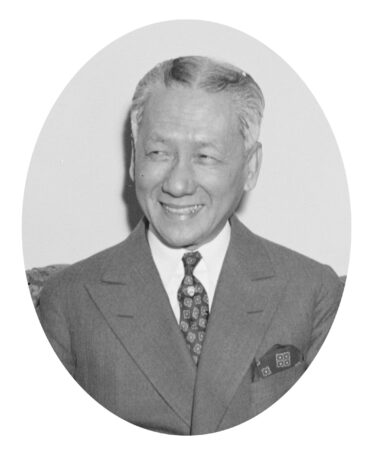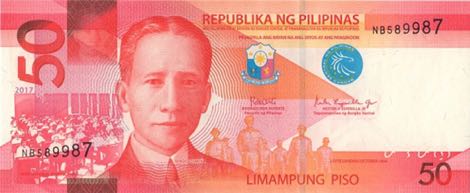
Sergio Osmeña, a notable figure in the history of the Philippines, played a crucial role in the nation’s path to independence and its early years as a sovereign state. Born on September 9, 1878, in Cebu City to a prominent family, his life and career were intertwined with the transformation of the Philippines from a Spanish colony to an independent republic. Osmeña’s early life was marked by his mestizo heritage, being of Chinese and Spanish descent. He received his initial education in Cebu before moving to Manila for higher studies. He attended the University of San Carlos in Cebu and later pursued law at the University of Santo Tomas in Manila, where he showcased his intellectual prowess.
Osmeña’s political career began in earnest when he was still in his twenties. He founded the newspaper “El Nuevo Día” in Cebu, which became a platform for expressing nationalist sentiments and advocating for Philippine self-governance. His involvement in the newspaper industry heightened his political profile and connected him with key figures in the independence movement. In 1904, Osmeña was appointed as a fiscal (prosecutor) and, in 1906, became the governor of Cebu. These roles marked the start of his ascent in the political hierarchy. He was instrumental in the formation of the Nacionalista Party, which became a dominant force in Philippine politics.
Osmeña’s political acumen was further highlighted when he was elected as the Speaker of the Philippine Assembly in 1907, a position he held until 1916. His tenure as Speaker was marked by his efforts to promote Philippine interests under American colonial rule and to push for greater autonomy. A significant aspect of Osmeña’s political career was his collaboration and, at times, rivalry with Manuel Quezon. The two were the foremost leaders of the Nacionalista Party and were instrumental in negotiating the Philippines’ path to independence with the United States.
In 1935, when the Commonwealth of the Philippines was established, Osmeña was elected as Vice President alongside President Quezon. His tenure was marked by the challenges of navigating the country through the transition to independence and the onset of World War II. During the war, Osmeña accompanied Quezon in exile in the United States and continued to be a key figure in the government-in-exile, focusing on garnering support for the Philippine cause and preparing for the eventual liberation of the islands.
Osmeña’s most significant political achievement came in 1944, following the death of President Quezon. He assumed the presidency of the Commonwealth during a critical period as the Philippines was in the midst of liberation from Japanese occupation. His leadership during this time was crucial in the transition from wartime to peace and in laying the groundwork for the eventual full independence of the Philippines. After the war, Osmeña ran for re-election but was defeated by Manuel Roxas. Despite this, his contributions to the Philippines were significant. He was a guiding force in the country’s struggle for independence and governance.
Sergio Osmeña passed away on October 19, 1961. His legacy is that of a statesman who dedicated his life to the service of his country. He is remembered as a figure of integrity and commitment, whose work helped shape the modern Philippines.

